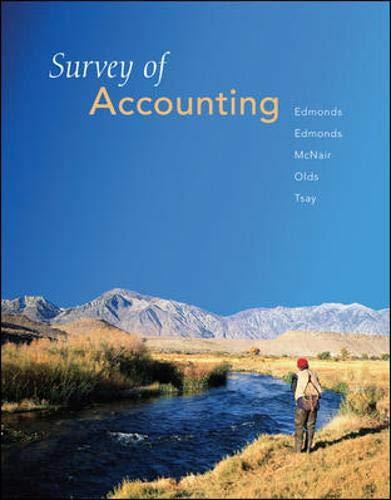Case Study Two: Good Food Restaurant (GFR) Ltd Good Food Restaurant (GFR) Lid is a company that operates restaurants under the name "Good Food Restaurant'. GFR was founded by Vanessa Maye 10 years ago. Vanessa was a sous-chef with an international hotel chain before she started GFR. Capitalising on her vast experience in the western cuisine, Vanessa has made GFR a reputable restaurant in the region for such kind of dining. To-date, GFR has three restaurants in three cities in Sarawak. Vanessa is, still, the Chief Executive Officer of the company as she believes her expertise is still needed. The following organisation chart outlines the structure of the company. GFR (Head Office) Finance & Administration Human Resource Department Management Department Training and Development Marketing Department Restaurant Operations Unit RO) Department Kuching City RO Sibu City RO Miri City RO Operational Processes Each department has a department manager, reporting to Vanessa. Peter Parker is the manager for restaurant operations (RO) department. He joined GFR 8 months ago, after working for several restaurants in Melbourne for 5 years. He oversees the three city's restaurant operations. Each city has a restaurant manager who reports to Peter directly. Apart from the operational responsibilities, Peter is also responsible for the development of new menu. He works closely with Bruce Banner, the marketing manager, in order to develop new menu and dishes that could be attractive to the market. Peter determines the scope of the menu development with minimum consultation with the three assistant managers as he believes, with his 5 years' experience in Melbourne, he would be able to develop menu that can capture the market. The three city's restaurants are operating independently from each other, with minimum communication. Each restaurant manager is responsible for the operational efficiency whilethe chefs will be responsible for the purchases of raw materials. Each restaurant has two restaurant supervisors and a team of waiters, waitresses and cleaners reporting to the supervisors. Chefs will have a team of cook and kitchen helpers reporting to them. About 40% of the workforce in the restaurants are part-timers. Market Competition GFR is one of the restaurants famous for their western cuisine. However, there are three closed competitors in the region. Over the past one year, due to the pandemic, these competing restaurants have offered 'Drive-Through" services. Customers can order either through these restaurant's social media page or phone call. Then they can drive through the counter at the side of these restaurants to pick up their food and make payment using their e-wallets or debit cards. Vanessa was, initially, not incline to follow suit as she feels that good food must be served hot. However, due to the partial lock-down where customers were not allowed to dine- in, she has a second thought on the concept of "Drive-Through"- Recently, two of the three competitors have launched fusion cuisine in order to meet the market demand. Others have incorporated more choices to their menu, e.g., choosing a beef steak with brown rice instead of a salad, etc. Some customers of GFR have commented on GFR's social media page that the competitors have taken a big step ahead of GFR. Vanessa was not too keen on the shift as it is non-traditional. However, she reckoned that meeting customers' demand should take preceding above all else. Considering the declining financial results, Vanessa and her management team have no choice but to take the needed action to increase revenue, minimising costs with a hope of maintaining its market share. In a recent management meeting, Vanessa has raised the idea of implementing some of the concepts in Toyota Production System, or TPS. She learned TPS from an online training workshop during the Movement Control Order (MCA) period in April last year. She found TPS useful to GFR even though GFR is not a manufacturing company. "I think we could explore the application of TPS in our business. The driving force of the TPS is the elimination of waste aimed at continuously improving quality, cost, productivity, safety and morale." Required: (a) Explain the driving force of TPS as mentioned by Vanessa and discuss, using the information provided in the case, to what extent TPS can be implemented in GFR. Youneed to address some of the potential challenges if TPS is to be implemented in GFR. (Max 500 words; 15 marks) (b) Explain the term "Business Process Re-engineering', and discuss the changes needed if GFR is to implement the "Drive-Through" in its business process. You need to address some of the potential challenges from such a change. (Max 400 words; 10 marks) (Total 25 marks) - End of Question Paper









